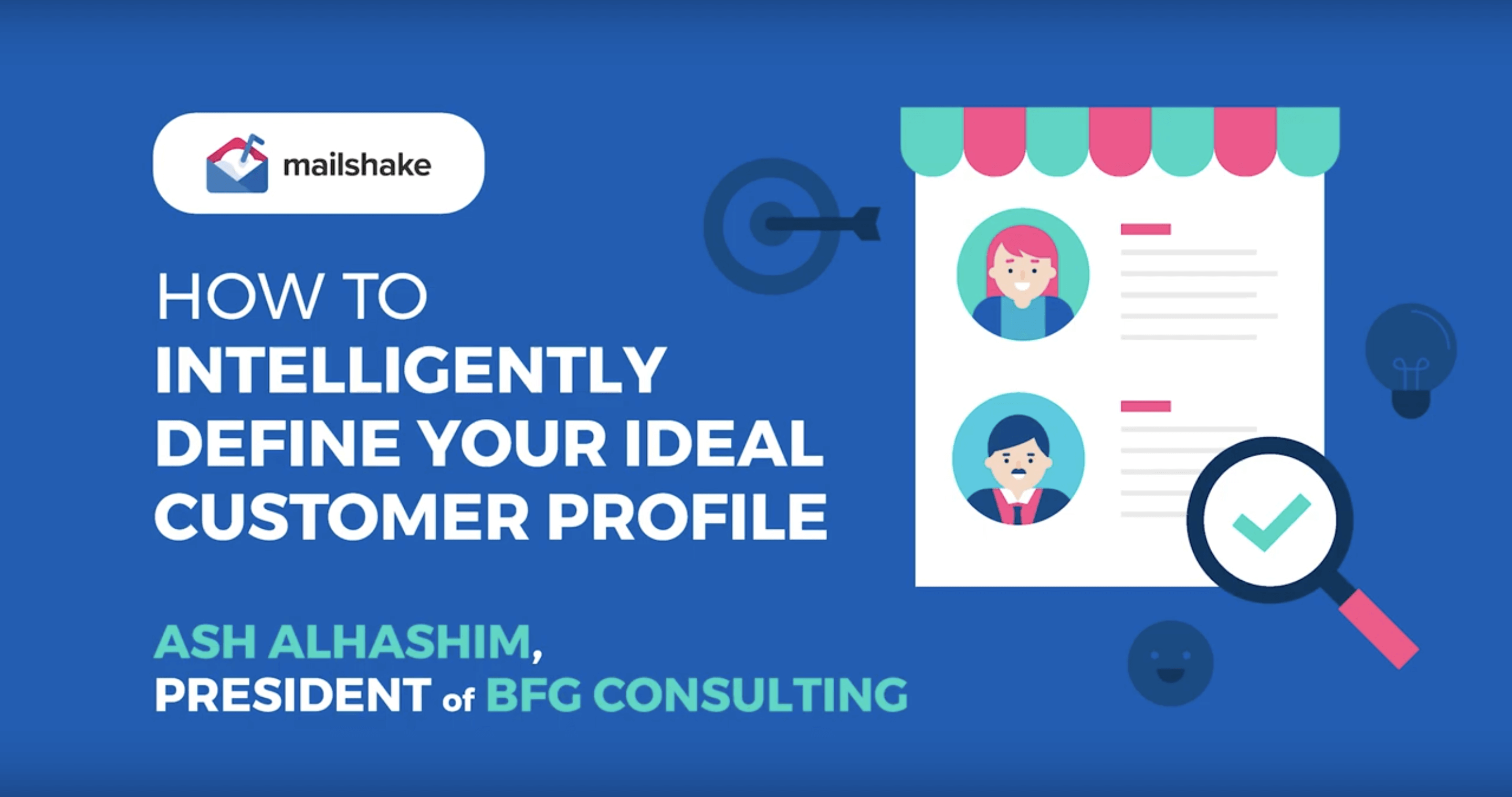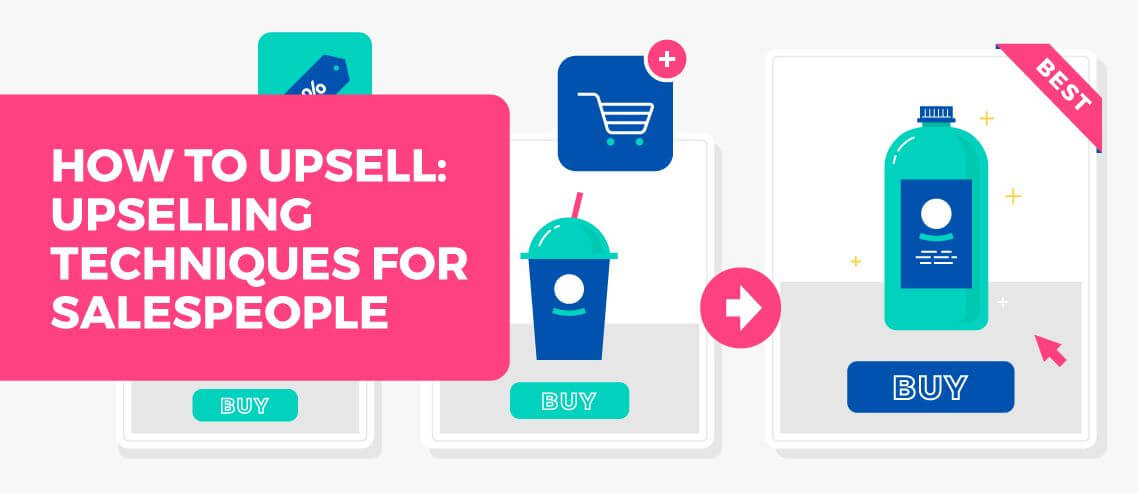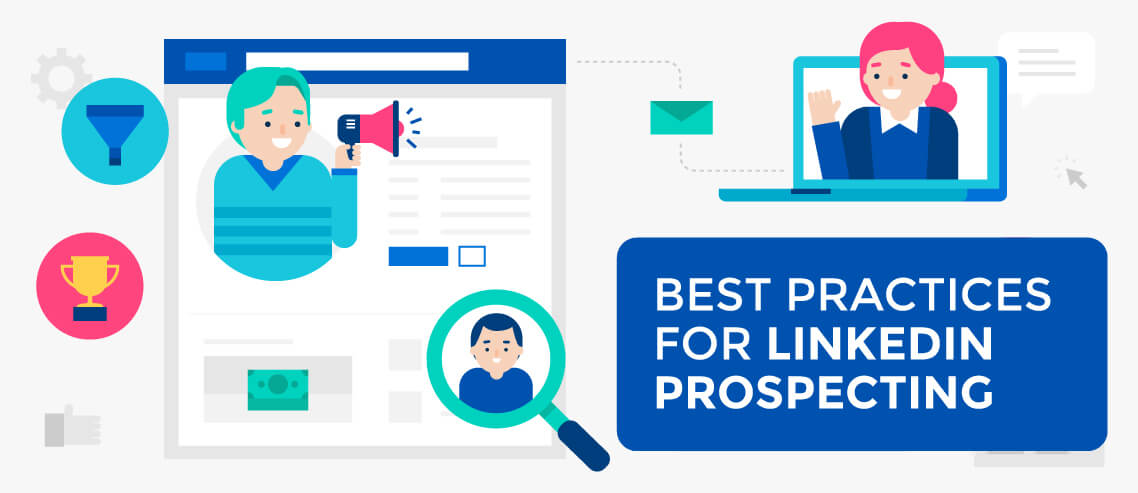25 Powerful Sales Techniques to Incorporate into Your Process
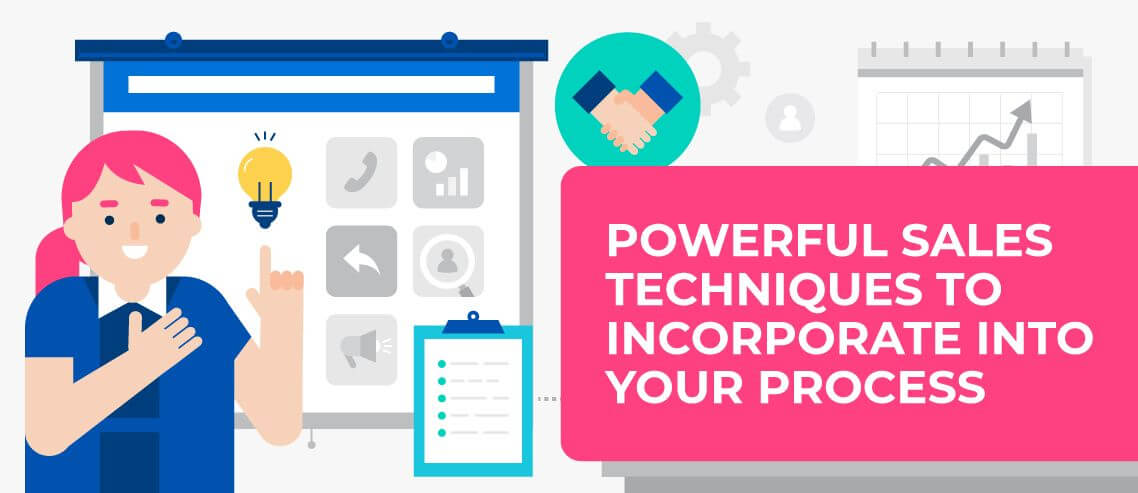
Contents
Every sales rep has a few favorite sales techniques in their armory.
Why?
Using tried and tested sales techniques can take your sales game to the next level. These techniques are renowned for a reason – they’ve worked for many salespeople before you, and they could work for you, too.
Remember that different prospects, leads, and clients – and different situations – require different sales techniques.
For instance, the CEO of a small ethical start-up may not respond well to the hard close that business leaders at bigger organizations are used to. So, in this case, you may want to adjust to relationship selling or soft selling.
We’ve put together a comprehensive list of our favorite sales techniques along with further resources for more in-depth information. Use them in isolation or combination, and see your sales figures rocket.
Sales Mindsets
Relationship selling is a technique that involves gradually building a relationship with a lead and using this to sell to them time and time again.
It works because it’s easier to keep existing customers around than secure a new one, and it’s a softer, more enjoyable experience for both the sales rep and the customer.
Dive into this article to learn how to master relationship selling, and to see some great examples of it being used effectively.
Soft selling is employed to create a more low pressure buying experience.
How?
Think casual conversation, friendly language, and subtle persuasion.
If you’re working on leads who will be turned off by bullish, aggressive selling, check out this article, which teaches you how and where to apply soft selling.
Consultative Selling puts the spotlight on problem solving.
Sales reps using Consultative Selling build a relationship with prospects, and collaborate with them to find a solution to their problems, using their product or service.
In this article, you’ll find the best Consultative Selling Techniques to try out, and see how the experts use it.
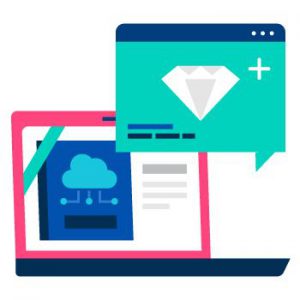 Sales reps employing feature-benefit selling must directly connect their product’s features (aka the things your product helps your customer to do) with the goals it will help their prospects hit and the challenges it will help them overcome.
Sales reps employing feature-benefit selling must directly connect their product’s features (aka the things your product helps your customer to do) with the goals it will help their prospects hit and the challenges it will help them overcome.
In this article, you’ll find tips on shining a light on the benefits of your product, as well as how to decide what those benefits are for your lead.
Challenger Sales reps are extremely hard workers. Loathe to rely on innate talent or skills, they constantly push themselves to learn new skills and find new ways to connect with leads.
Sales reps utilizing challenger selling take control of the conversation and use debating skills to gain a strong understanding of the client’s business, pain points, and needs.
Find out why you should give Challenger Selling a go in this article.
In this article, Whitney Sales, General Partner at Acceleprise and creator of The Sales Method, clarifies the logrolling technique, and we deep dive into the components that make up this sales method.
What does it all boil down to? Offer the client something they value more than you do, in exchange for gaining something from them that you value more than they do.
If you’re using the Value Selling methodology, you’re focusing on selling the benefits or value of your product – not the product itself.
Value is the difference between the price the customer pays and what they receive.
Read this article to find out more about value selling, and to delve into the tricky pricing versus value balancing act.
The trick to conceptual selling is to align your sales process with how customers buy in order to create a win-win situation.
The best conceptual selling sales reps are those who use active listening and ask intelligent questions – this is a huge part of mastering this methodology.
Learn more about the conceptual selling framework in this article about the top 8 sales methodologies.
Sales Methods
9. Cold Emailing
Cold Emailing sits at the beginning of the sales cycle. It’s an incredibly effective way to turn prospects into leads without wasting too much time.
Simply create a sales email for a segment of your email list, optimize by using personalization tools, and hit send.
This piece takes you through writing a cold email, from introduction to follow-up.
Personal selling simply refers to selling during a face-to-face meeting and dates back to the beginning of human history.
However, as businesses have expanded internationally and adopted communication technologies, personal selling has become less popular.
That said, this ancient technique does have a place in the sales of today. This article will tell you everything you need to know about personal selling.
Inbound selling is a form of marketing and sales that lets the customer come to you – and when they do, they’ve already been through more than an estimated 57% of the sales cycle without you.
This means you’re getting better-qualified, active leads, chasing prospects is less of a time drain, and the buyer feels less pressured.
In this article, you’ll find out what it takes to run a successful inbound selling strategy.
 Target Account Selling is all about investing more time and effort into a handful of prospects, rather than having your sales reps jumping between countless smaller opportunities.
Target Account Selling is all about investing more time and effort into a handful of prospects, rather than having your sales reps jumping between countless smaller opportunities.
The risk is high, but the potential payoff is higher.
Learn more about this commonly used methodology – as well as seven other effective sales techniques – in this article.
For those of us who work in sales, social selling is no longer simply an option – it’s a way of life.
Mastering social media is probably the quickest and easiest way to connect with prospects and make things happen.
But it’s not always as straightforward as it seems. Read this article to find out everything you need to know about creating a social selling strategy, from creating tools and profiles to time management.
Referrals are the holy grail of sales.
When a happy customer refers you to a friend or colleague, the lead comes to you further down the sales funnel than a new prospect would be. But the process of getting referrals can sometimes be a little awkward.
In this article, you’ll discover a variety of techniques for asking for referrals.
Networking is a huge part of sales, but it’s not always easy to get it right. That takes practice.
In this article, you’ll find templates for that all-important networking follow-up email. After all, there’s no point making a great impression at a networking event, only to let all those valuable leads float away after the big day.
Sales Frameworks
The Sandler Sale Method is one of the oldest methodologies still in use.
Done right, it results in a less pushy transaction where the customer believes they are pursuing the deal, not being sold to.
The Sandler Sale Method involves three steps, which you can explore in this article.
SPIN = Situation, Problem, Implication, and Need-Payoff.
SPIN Selling focuses on leading the conversation by asking the right questions at each of these stages.
Read this article to find out more about SPIN selling, from its history to its methodology.
 Most sales reps will be aware that AIDA stands for:
Most sales reps will be aware that AIDA stands for:
- Attention
- Interest
- Desire
- Action
In fact, you’ve probably tried out this classic technique before. Now it’s time to take it online.
In this article, we explain how to use the AIDA model in sales emails, delving into each of the four steps.
Sales Closing Techniques
Solution selling works best when you’re selling highly-customized products or services based on each customer’s needs.
Much like value selling, this technique focuses on problem solving at large rather than going into the specifics of the product.
Read this article to find out how to close deals using solution selling. Spoiler: it’s all about pain points.
This article looks at a number of closing techniques, including the Concession Close – a handy methodology for getting customers over the finish line.
If negotiation has been a part of the sales process – as it often is – use this to your advantage. For instance, you might agree to offer a 5% discount, but only if the client agrees to sign on the dotted line that very day.
Ben Franklin famously persuaded people to take his side in an argument by simply listing pros and cons.
This technique may be as old as time, but there’s a reason sales reps still use it: it works.
In this article, you’ll find out how to use this classic close in a way that will encourage your lead to convert, not deter them.
Simple yet effective; there’s a reason sales reps love the Next Steps Close.
At the end of your call or meeting, simply ask the lead what they believe the next steps should be. This puts the onus on them to decide the best way to move forward with your deal.
Read this article to find out when and how you should use this easy close to see success.
Good news! This one is not tricky to master.
Read this article to find out about the conditions your situation needs to meet in order for the hard to get close to be successful.
As its name suggests – this technique lets leads come to you. Simply sit back, stop calling back, and let your prospects take the initiative.
The concept behind the Puppy Dog Close is to let a very well qualified lead try out your product or service for free for a short amount of time.
If you can demonstrate a high level of value over this short time frame, they should be unwilling to give it back.
Learn how to take advantage of this sales close – and 14 others – in this article.
This article explains one of the simplest and most effective closes known to sales reps.
As you come to the end of your pitch, simply frame your language as if you’ve already made the sale.
Here’s an example:
“Which package would you like to go with?”
This makes it harder for the buyer to say no.


